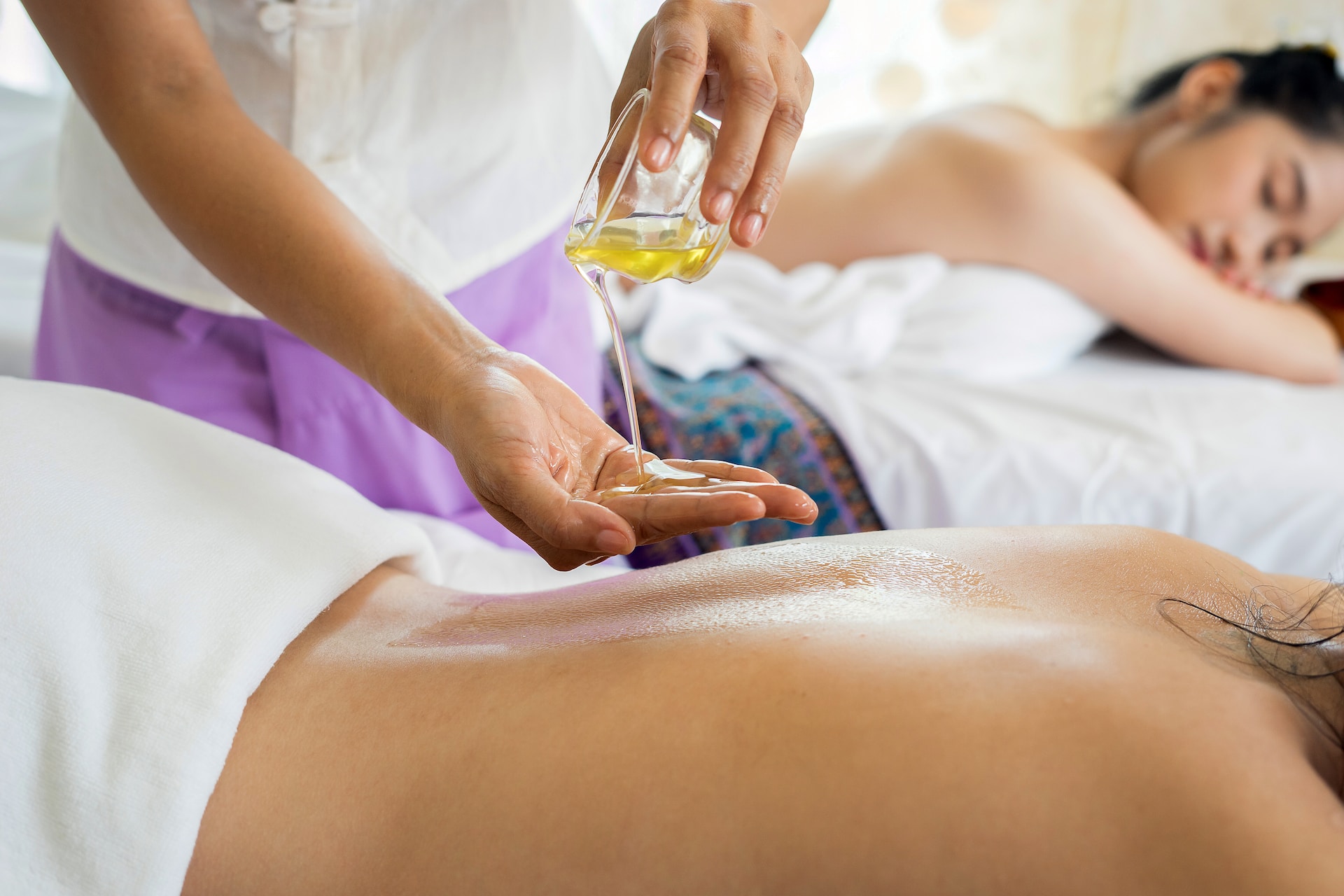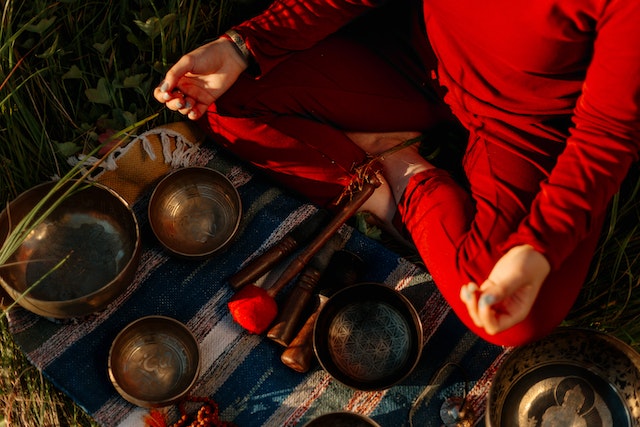Your basket is currently empty!
Spas around the world
Currently, as a result of the evolution of society, spas are being seen in new and more nuanced ways. Spas with unique characteristics and exotic spas across the globe provide us a range of relaxing experiences and health benefits.
Thai Spa, Japanese spas, Indian spas, Hawaiian hot stone spas, Roman-style hot springs in Canada, and thermal spas in New Zealand, as well as special Italian gondola massages, Arctic igloo spas, European beer baths, and more. There are also European spa resorts that have been recommended for inclusion on the World Heritage List as cultural sites by the UNESCO World Heritage Committee. Below, we briefly describe some of the most well-known spas:
Thai Spa
The most distinctive feature of Thai spas is their emphasis on body-mind balance. In addition to the use of aromatic and beautiful plants such as rose and lavender to make a variety of beauty ingredients, it also includes a variety of organic health spa meals, stretching and massage methods, traditional Thai massage and meditation, yoga and Tai Chi, etc. It is a spa approach that promotes recovery and stress relief. Thai massage, an important part of Thai spas, originated in ancient western India and was founded by Jivakkumar, the royal physician of the ancient Indian kings. Thai massage has been used by the Thai royal family for more than 4,000 years to strengthen the body and treat physical strain. It is therefore considered one of the ancient medical cultures of Thailand and is well known among the people. It has no acupuncture points but concentrates on moving joints and incorporates a variety of motions and methods, such as pressing, touching, pulling, tugging, kneading, and pinching, which is known as one of the most intense massage treatments among others. Between the natural mountain and water environments, a Thai spa will give you a feeling of relaxation and healing.

Japanese Spa
Japanese spas have the most popular and authentic spa programs in the world, followed by various forms, such as wine spa baths and rice wine baths. In addition to being widespread in Japan, Japanese massage is renowned for its finger-pointing and acupressure methods. Japanese and Chinese massage have many similarities and also maintain the technique of acupuncture points, which is very close to the meridian theory of Chinese medicine. Japanese massage’s unique pressure method can effectively expand the capillaries under the skin and promote blood circulation, so that blood vessels can restore elasticity and prevent abnormal blood vessels, such as vascular aging or sclerosis. The acupressure method can also increase skin elasticity and prevent skin sagging, and wrinkles will disappear with it. Compared with intense Thai massage, Japanese massage techniques are more delicate, have a moderate level of pressure, and are also acceptable for those who do not have a regular massage routine. If you are easily weary, eager to relieve muscular tension, or want to alter the body’s function and skin quality, Japanese massage is the best option for you.

Indian Spa
Indian Spas focus on spiritual relaxation. Ayurveda originally means “science of life” and is considered not only the oldest medical system in the world but also a healthy way of life. In Sanskrit, “ayur” means “life” and “veda” means “knowledge”. Ayurvedic physical therapy is one of the best methods to rebalance the energy of the body and mind, prevent illness at its source, promote health, and improve the body’s capacity for self-healing. Ayurvedic oil therapy uses warm herbal oils that are applied gently and quickly to the sixth energy point (the forehead), said to stimulate the “third eye”, stimulate meditation, and lead the body to complete relaxation. In the background of the unique Indian music, a large number of essential oils combined with massage techniques act on the various energy convergence pathways of the human body to hasten the meditative state-initiation process, and the essential oils’ nourishing effects on the human body might encourage lymphatic circulation and quiet the nervous system.

Hawaiian Hot Stone Spa
Hot stone therapy originated in the Hawaiian Islands in the central Pacific Ocean, where the Polynesian people, the original inhabitants of the Hawaiian Islands, have long known how to use the ancient lava stones found on the local cliffs, beaches, and riverbeds, combined with the ancient Polynesian body massage technique, to form the special “Polynesian stone massage”. Nowadays, this massage technique is commonly known as “hot stone therapy” in combination with modern spa beauty treatments, and is popular throughout the country. The massage therapist will apply a blend of essential oils to the client’s entire body, along both sides of the spine, from bottom to top in a lymphatic detoxification technique, and place hot stones at the appropriate temperature in order on the points on both sides of the spine on the back, so that the hot stones absorb the essential oil ingredients with the heat into the skin, in order to strengthen the body’s blood circulation, which can play a role in soothing the muscles and collaterals, relaxing and relieving stress, detoxifying, and slimming the body.

European Spa Resorts
A transnational World Heritage Site, the European Spa Resort is made up of 11 towns in seven different European nations: Baden (Austria), Spa (Belgium), Franziszek (Czech Republic), Karlovy Vary (Czech Republic), Marianske (Czech Republic), Vichy (France), Bad Ames (Germany), Baden-Baden (Germany), Bad Kissingen (Germany), Monte Katini Terme (Italy), and Bath (UK). These spa resorts were developed around natural mineral springs that flourished from the early 18th century to the 1930s. Among them, Bath (UK) was initially added to the World Heritage List in 1987, while the inscription process for the rest of the sites began in 2012, with nominations submitted in 2019 and approved for inscription on the World Heritage List as cultural heritage by the UNESCO World Heritage Committee at the 44th World Heritage Congress in Fuzhou, Fujian, on July 24, 2021. European spa resorts witnessed an exchange of innovative ideas that included groundbreaking urban planning and architectural prototypes, as well as developments closely related to medicine, art, and leisure activities, which influenced the development of modern European towns from the 18th to the early 20th century. These concepts had an impact on the acceptance and growth of spa towns and spaology in other regions of the globe.

In conclusion
Spas are a popular form of contemporary maintenance and relaxation. Depending on the topic of the appeal, some focus on relaxation and soothing the body and mind; some focus on detoxification and skin care; some can achieve a healthy and slim body; and there are different types that focus on the use of aromatic oils, marine living water, or phytotherapy. Whatever the kind of spa, it is founded on catering to the requirements of the visitors, providing physical and spiritual care, letting people find a release from stress and tiredness, and enjoying nerve and body relaxation in a relaxing setting.
Most of the content was outsourced from the Internet and social media
Images by Tima Miroshnichenko, Alan Caishan, Cottonbro, Anete Lusina, Roberto Nickson
by
Tags:
